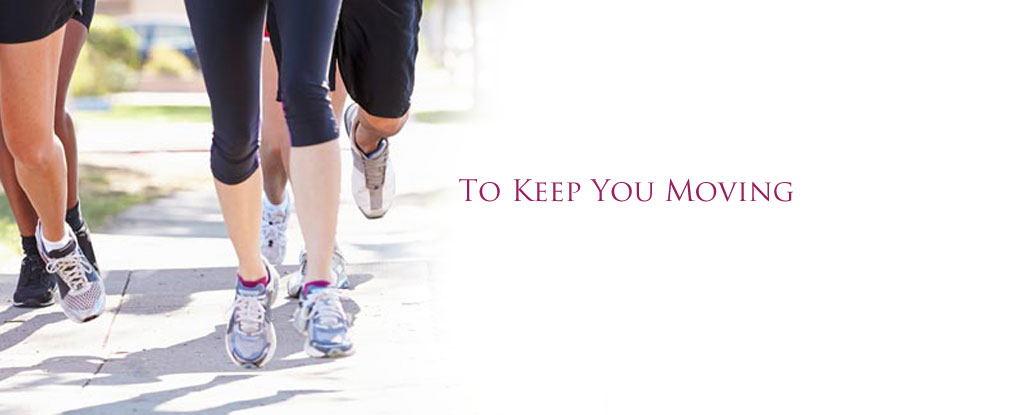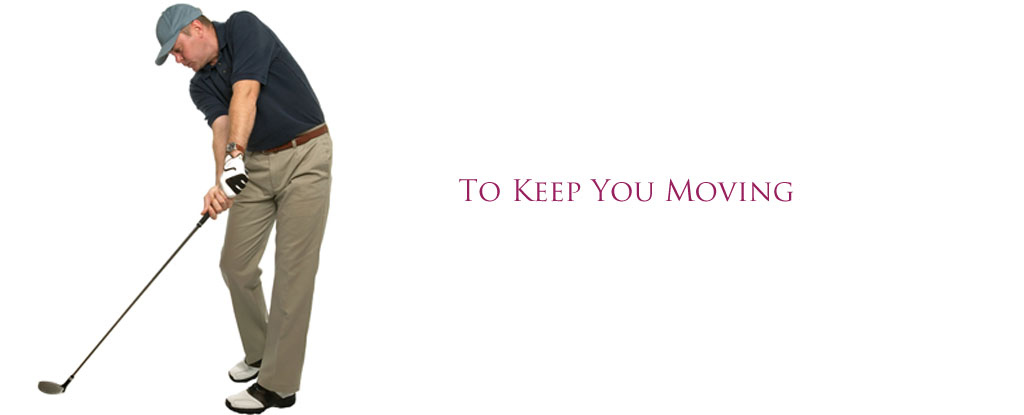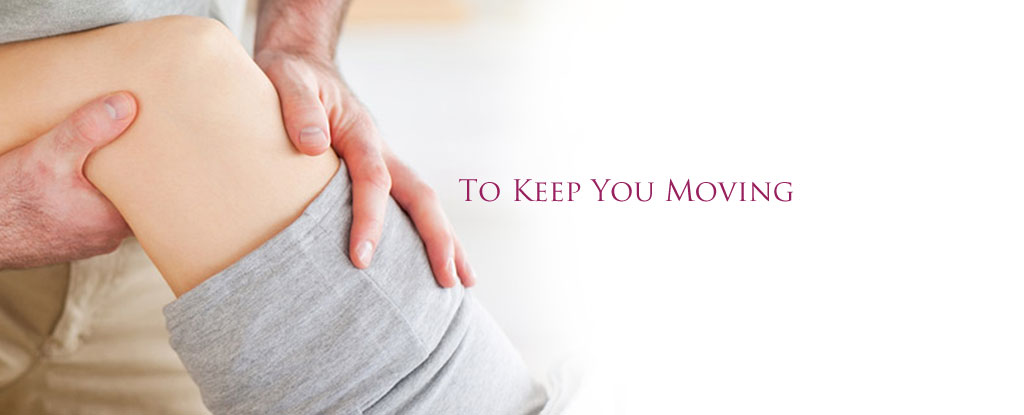Footmaxx Custom Orthotics
What are Custom Foot Orthotics?
The Use of Foot Orthotics in Caring for Your Feet
What are Custom Foot Orthotics?
A prescription foot orthotic is a devise which is added to the shoe, under the foot, in order to supplement the function of the foot in dealing with ground reaction forces when we stand, walk or run. Prescription (or custom as opposed to off the shelf) orthotics are specifically designed to deal with the problems which are unique to an individual client.
At Sidney Physiotherapy Clinic we prescribe Footmaxx® Prescription Orthotics which have been proven to be effective in the treatment of the following conditions, among others:
- Plantar Fasciitis
- Achilles Tendonitis
- Hammer Toe
- Shin Splints
- Sciatica
- Jumper’s Knee & Runner’s Knee
- Lower Back Pain
- Hip Bursitis
- Leg Length Imbalances
- Pelvic Instability
Footmaxx® Prescription Orthotics are light, and discrete and can be fitted in almost any shoes providing much needed support for all activities.
Cost
The basic cost of Footmaxx® at the Sidney Physiotherapy Clinic is $450 (regular appointment costs apply) and this is covered by most extended medical plans. We also provide the necessary biomechanical paperwork required by these plans.
The Use of Foot Orthotics in Caring for Your Feet
In our normal daily activities, and in sport, we subject our feet to constantly changing loads. We expect them to react as needed without complaint and provide support to the rest of the body. Frequently the response is less than perfect and other systems are called upon to compensate resulting in inadequate performance overall. If excessive stresses continue to be applied, there may be a breakdown in the mechanics resulting in symptoms which could manifest themselves in pain or dysfunction in several areas of the body including feet, knees, hips, back or even the neck. If the cause is determined to involve poor support from the feet then orthotics may be of great benefit. Orthotics are available in a wide variety of forms ranging from soft and accommodative (such as for primarily painful conditions) to rigid orthotics for the foot requiring maximum support. Non-prescription varieties may be adequate in some cases.
How Do Orthotics Work?
When carried (in the swing phase of walking) the foot is essentially a bag of loose bones. Upon contact with the  ground it carries out a complex sequence rolling, twisting, dorsiflexion and plantarflexion in order to accommodate to the ground’s shape and texture, absorb shock and ultimately support the body weight. This is accomplished with precise neurologic control and requires good sensory feedback and adequate strength. The degree of strength required and response time varies and may not always be adequate, resulting in excessive stress on the body. Orthotics act to spread out the stress over either area of time thus reducing stress on the body and the strength/response required. They may also serve to support the foot in better alignment when the loads are static.
ground it carries out a complex sequence rolling, twisting, dorsiflexion and plantarflexion in order to accommodate to the ground’s shape and texture, absorb shock and ultimately support the body weight. This is accomplished with precise neurologic control and requires good sensory feedback and adequate strength. The degree of strength required and response time varies and may not always be adequate, resulting in excessive stress on the body. Orthotics act to spread out the stress over either area of time thus reducing stress on the body and the strength/response required. They may also serve to support the foot in better alignment when the loads are static.
Types of Orthotics
The Footmaxx orthotics prescribed by Sidney Physiotherapy Clinic can be accommodative, functional or some combination of both. Accommodative orthotics are designed to change the pattern of loading of an injured, symptomatic or vulnerable (i.e. diabetic) foot. They are usually soft, supportive and custom fitted to the patient’s foot. Functional orthotics are designed to change the way the foot supports the body by correcting biomechanics during weight-bearing; they are molded to the whole foot to reduce abnormal movement and position. Most orthotics are a combination of the above types.
Footmaxx has a variety of orthotics which are specifically designed to deal with the requirements of specific activities/sports. These may have specific materials to deal with shocks, such as from jumping in basketball or specific accommodation to deal with special movements such as the rotation involved in a golf swing.
Who May Benefit
In fact none of us have perfect feet, however, most of the time we manage to accommodate for the imperfections. With time we may exhaust our ability to accommodate and require support to the base of the structure (the feet) in order to manage the problems. Indications that you have reached that stage may be marked by any symptoms which are associated with standing or ambulation. This could be any sustained pain in the feet but may also be associated with symptoms in knees, hips or back.
Over the Counter Orthotics
Over the counter orthotics are less expensive but tend to be produced with cheaper, less durable materials and are a one size fits all solution which is not as durable and provides a less specific solution. As such they may not last and are less likely to provide correction for more persistent problems.
‘Flat Feet’
Flat feet or fallen arches are not necessarily a condition requiring treatment. Flat feet are normal in younger children and in most people in societies where shoes are rarely warn. Flat feet should only be considered a problem if they can be demonstrated to be causing the symptoms in question.





